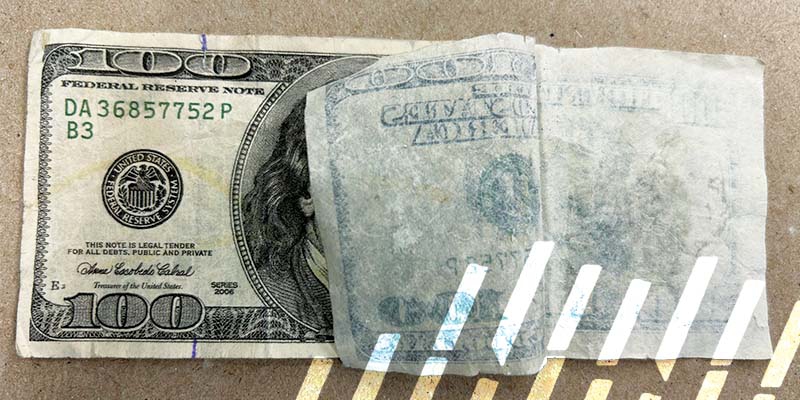Discover Genuine Sources for Funny Money available for sale Online
Discover Genuine Sources for Funny Money available for sale Online
Blog Article
Discover the Uses of copyright Cash in Artistic Creations and Theatrical Performances
copyright money, commonly synonymous with deceptiveness and outrage, holds a peculiar attraction when it finds its method right into the realm of creative creations and staged efficiencies. As we delve right into the multifaceted uses of phony money in these imaginative domains, we begin to discover a world where authenticity and replica blur, motivating us to question the very nature of value and depiction within art and efficiency.

Historical Relevance of Fake Cash in Art
The historic value of funny money in art is a complicated and appealing subject that loses light on the junction of creativity, subversion, and socio-political commentary. Throughout history, musicians have actually made use of phony money as a device for tough social standards, examining the worth of money, and making powerful statements about wide range and power.
One of the most notable instances of copyright money in art go back to the Dada movement of the very early 20th century - copyright money for sale. Artists such as Marcel Duchamp and Hannah Höch integrated copyright right into their works to criticize the capitalist system and discover the principle of worth in a swiftly altering world
In addition, throughout times of economic instability or political upheaval, funny money has actually been made use of by artists as a form of demonstration or disobedience. By producing and circulating copyright, musicians have actually been able to interfere with the status, difficulty authority, and prompt important conversations regarding the role of money in society.
Influence of copyright on Visual Arts
By incorporating fake cash right into their works, artists provoke discussions on the nature of value, authenticity, and social perceptions of wealth. The use of copyright in art additionally raises ethical considerations concerning the limits of creative expression and the implications of duplicating legal tender. In general, the effect of copyright currency on aesthetic arts is complex, boosting essential representations on the crossway of money, art, and social values.
Importance and Definition in Theatrical Imitation Displays
Using theatrical fake displays, artists employ symbolic representations to share much deeper definitions and evoke thought-provoking analyses within the world of performance art. With the incorporation of copyright cash in theatrical productions, designers can discover styles such as greed, power, corruption, and the illusion of wealth. Making use of copyright on phase can function as a metaphor for social problems, economic differences, and the delicacy of monetary systems.
In staged efficiencies, the symbolic value of fake cash extends past its monetary well worth. It can represent the deceptive nature of appearances, the search of materialistic needs, and the repercussions of unethical behavior. By utilizing funny money as a prop, musicians can challenge target markets to question truth significance of wealth and the honest Source boundaries that people might go across in its pursuit.
Honest Considerations in operation Fake Cash for Art

One major ethical factor to consider is the prospective legal consequences of making use of copyright in art. Counterfeiting currency is illegal in a lot of nations and can bring about serious consequences for artists who purposefully include imitation bills into their work. copyright money for sale. This not only puts the artist in danger yet additionally questions about promoting illegal activities through art
Additionally, there is a moral predicament regarding the authenticity of the artwork itself. Utilizing phony money obscures the line between truth and imitation, potentially deceiving customers and compromising the integrity of the artistic piece. Artists need to consider whether making use of imitation money lines up with their values and artistic objectives, weighing the potential influence on their credibility and reputation.
Future Fads in copyright Integration
Considering the evolving landscape of imaginative expression, the unification of copyright in imaginative jobs might witness a shift towards provocative and cutting-edge methods. As musicians continue to press limits and see this website explore brand-new mediums, funny money could significantly be utilized to challenge social norms, examine the worth of money, or make powerful statements regarding wealth and consumerism.
One future fad in phony money combination could be its utilization in immersive art installations where target markets are encouraged to engage with the pieces, obscuring the lines between reality and illusion. Additionally, developments in modern technology may bring about the development of hyper-realistic funny money that is practically tantamount from genuine currency, opening possibilities for much more comprehensive and elaborate art work.
Additionally, cooperations between artists and counterfeiters could cause unique pieces that incorporate traditional creative strategies with the craftsmanship of producing funny money. Moral considerations surrounding the validity and morality of making use of copyright cash in art will certainly continue to be a factor of opinion as these future trends unravel.
Final Thought
To conclude, usings funny money in theatrical performances and creative developments have a lengthy background and proceed to give ideas for musicians. From its historic significance to its influence on visual arts and symbolism in theatrical display screens, funny money plays an one-of-a-kind duty in the art globe. However, ethical my explanation factors to consider must be taken into account when making use of copyright money for innovative functions. The assimilation of copyright in art is most likely to continue evolving in the future.
Overall, the influence of phony currency on aesthetic arts is diverse, stimulating vital reflections on the intersection of money, art, and social values.

In verdict, the usages of copyright cash in staged efficiencies and artistic developments have a lengthy history and continue to be a source of motivation for musicians. Ethical considerations need to be taken right into account when using phony money for imaginative purposes. The integration of fake cash in art is most likely to proceed evolving in the future.
Report this page